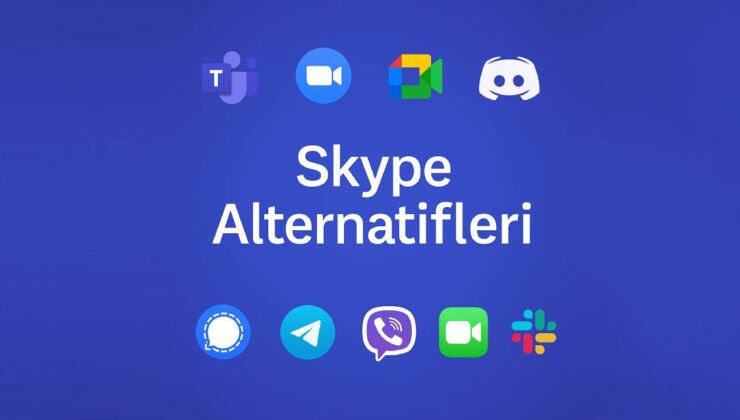

As of May 5, 2025, a significant chapter in the world of digital communication has closed. Microsoft has officially discontinued the Skype application, a pioneer in internet-based voice and video communication since its inception in 2002. Users are now being directed to Microsoft Teams, marking the end of a 23-year era. This strategic shift, announced by Microsoft in February 2025, is part of their effort to consolidate communication tools under the Teams umbrella, offering faster adaptation to user needs.
From today, attempts to log into Skype redirect users to Microsoft Teams. Existing Skype account details can be used to log into Teams, with all chats and contacts seamlessly transferred. Despite this transition, not everyone is eager to switch to Teams. For those seeking alternatives, we have compiled a detailed list of popular communication platforms, catering to both personal and business use in this post-Skype era.
Microsoft Teams
Leading the list as the official successor to Skype, Microsoft Teams is already well-established in the corporate realm and is now expanding to individual users. The free version of Teams allows video calls, messaging, and file sharing. Users can host meetings with up to 100 participants for 60 minutes, with a 30-hour limit for one-on-one meetings. Microsoft 365 subscribers enjoy additional benefits, thanks to integration with applications like Word, Excel, and PowerPoint. Users can also manage calendars, create or join communities. Conveniently, old Skype accounts can be used to log into Teams, with all previous chats and contacts imported.
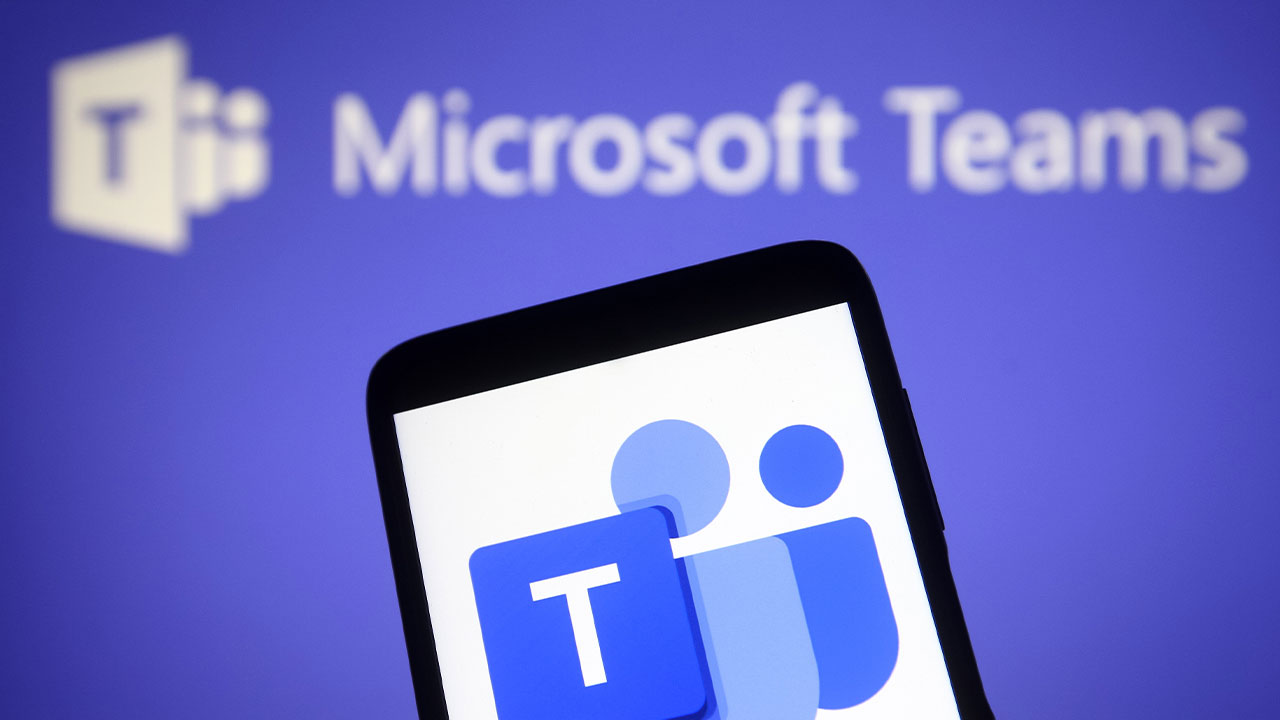
Zoom
Zoom gained immense popularity during the pandemic, offering a robust platform for video calling with high-quality audio and video. Its free plan supports up to 100 participants for 40-minute meetings. Paid plans extend these limits and add features like screen sharing, virtual backgrounds, and recording. Zoom’s reliable connection and user-friendly interface make it a compelling alternative for former Skype users, especially for large group meetings.
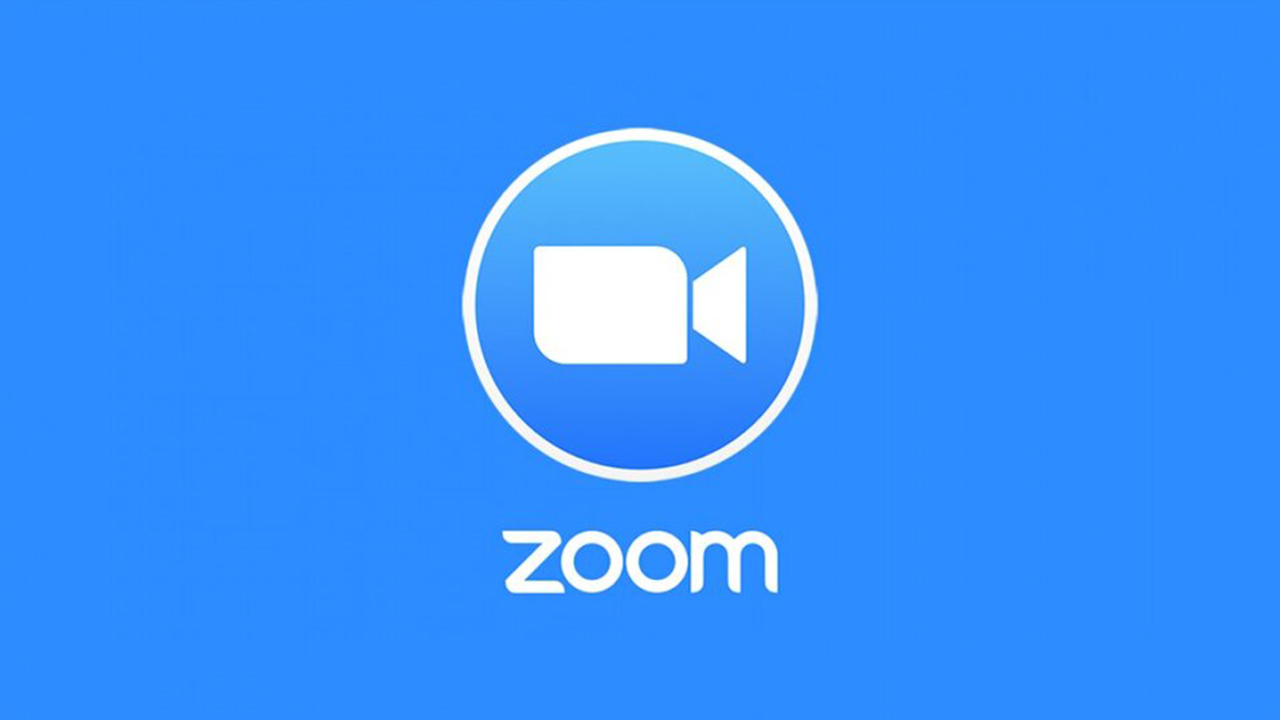
Google Meet
For those integrated into the Google ecosystem, Google Meet serves as an excellent alternative. Accessible with a Gmail account, Meet offers up to 100 participants in 60-minute meetings for free. Google Workspace subscribers can host longer meetings with up to 250 participants. Features such as screen sharing, subtitles, and polls enhance the experience. Seamless integration with Google Calendar and Drive facilitates easy meeting planning and file sharing.
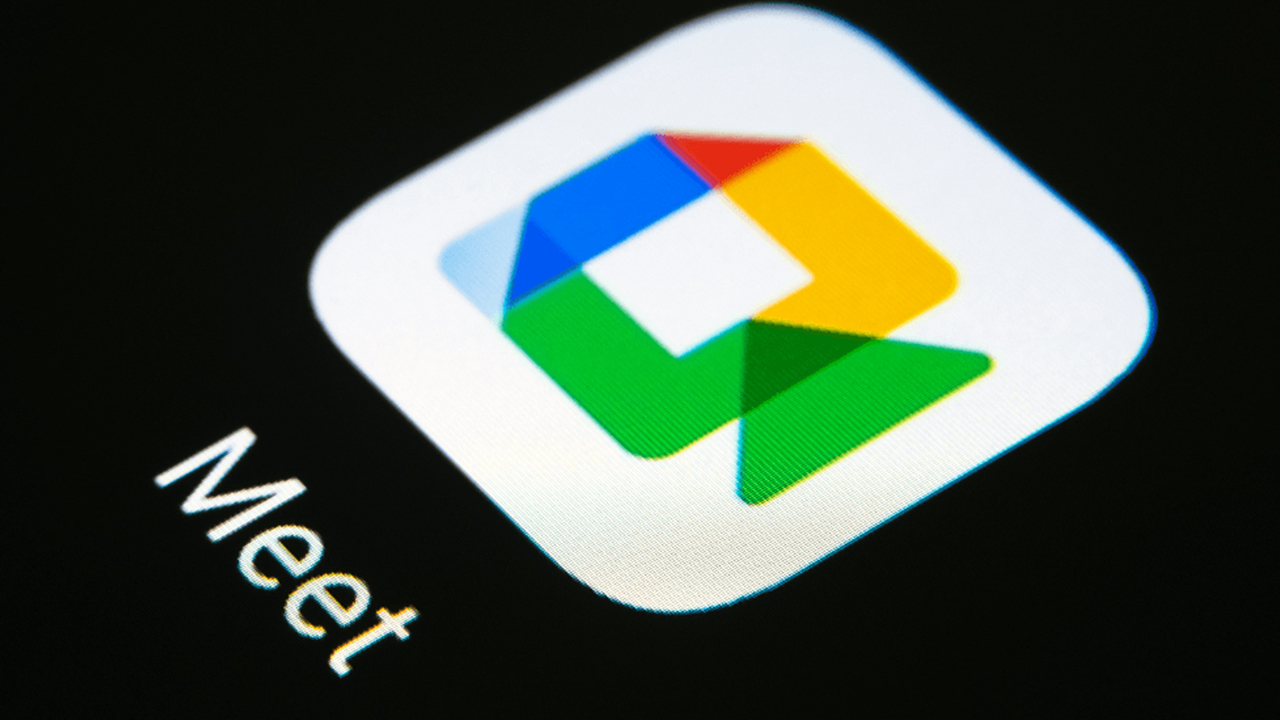
Discord
Initially popular among gamers, Discord has expanded its features for broader use. It offers voice and video calls, file sharing, and group management. Users can create ‘servers’ with separate channels, providing organized communication for large groups. Discord supports screen sharing and live streaming, making it ideal for communities and small teams, despite its informal vibe.

WhatsApp
Owned by Meta, WhatsApp is a globally used messaging app that fulfills core Skype functions like voice and video calls. While linked to a phone number, WhatsApp Web allows desktop access. Features include video calls for up to 8 participants and end-to-end encryption for secure communication. Though better suited for personal use, it’s a viable option for former Skype users.
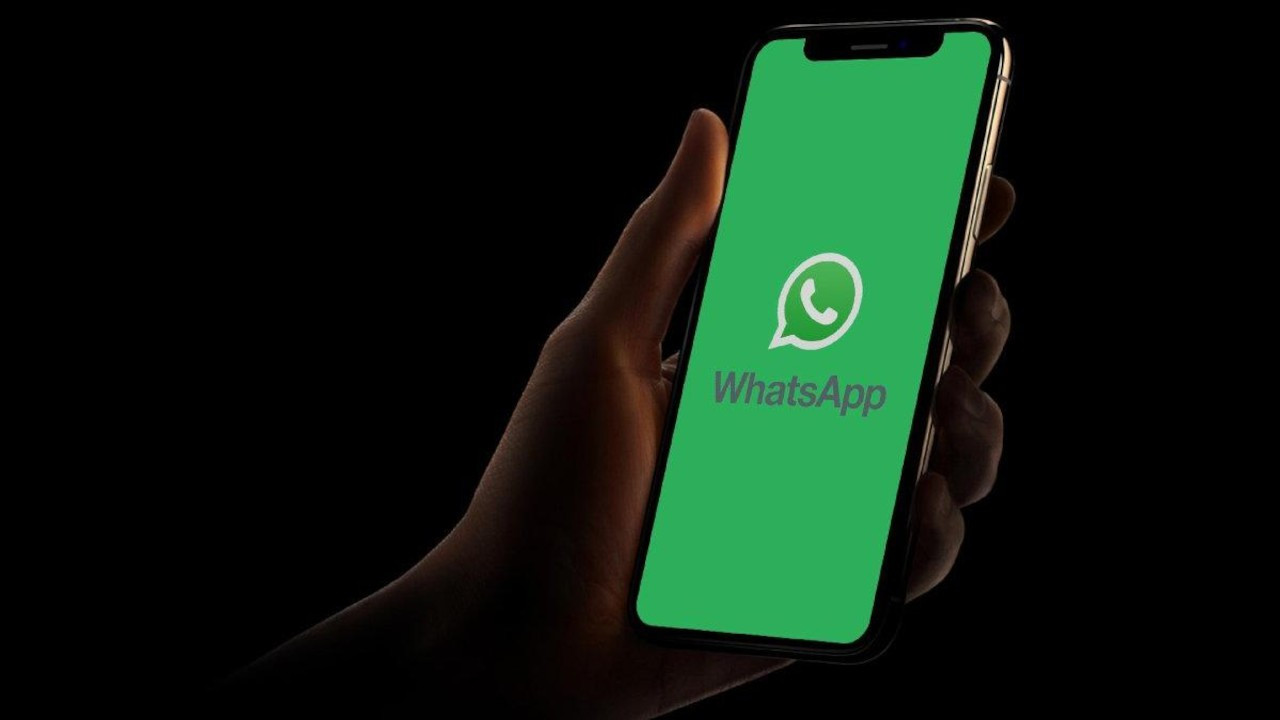
Signal
For privacy-conscious users, Signal offers secure communication with end-to-end encryption. It supports group video calls for up to 40 people, file sharing, and disappearing messages. Signal’s open-source nature and minimal data retention make it an attractive choice for those prioritizing privacy.
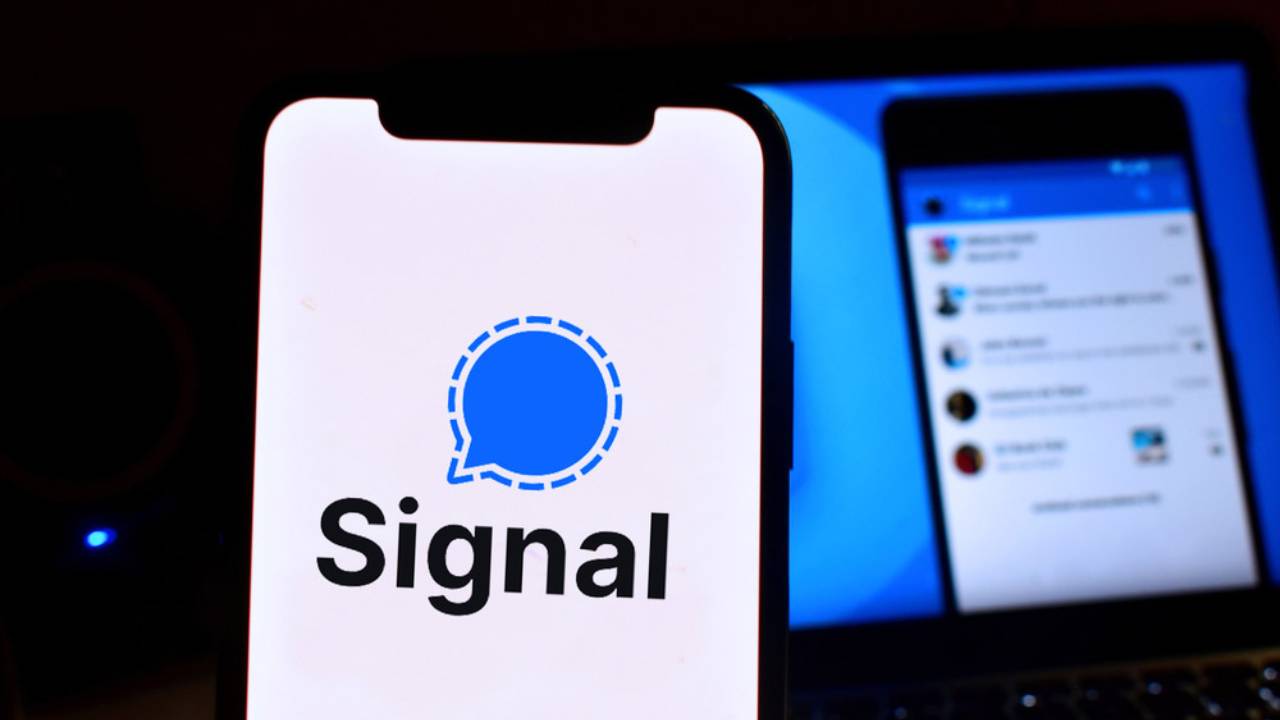
Telegram
With features like large group creation and voice chats, Telegram provides a versatile communication platform. It supports video calls and offers cloud-based messaging and unlimited file sharing. Telegram appeals to users who prioritize messaging and community interaction.

Viber
Viber, owned by Rakuten, is a Skype-like platform offering voice and video calls, messaging, and group chats. Its ‘Viber Out’ feature allows affordable international calls. Viber’s end-to-end encryption and cross-platform compatibility make it a solid choice for international communication.
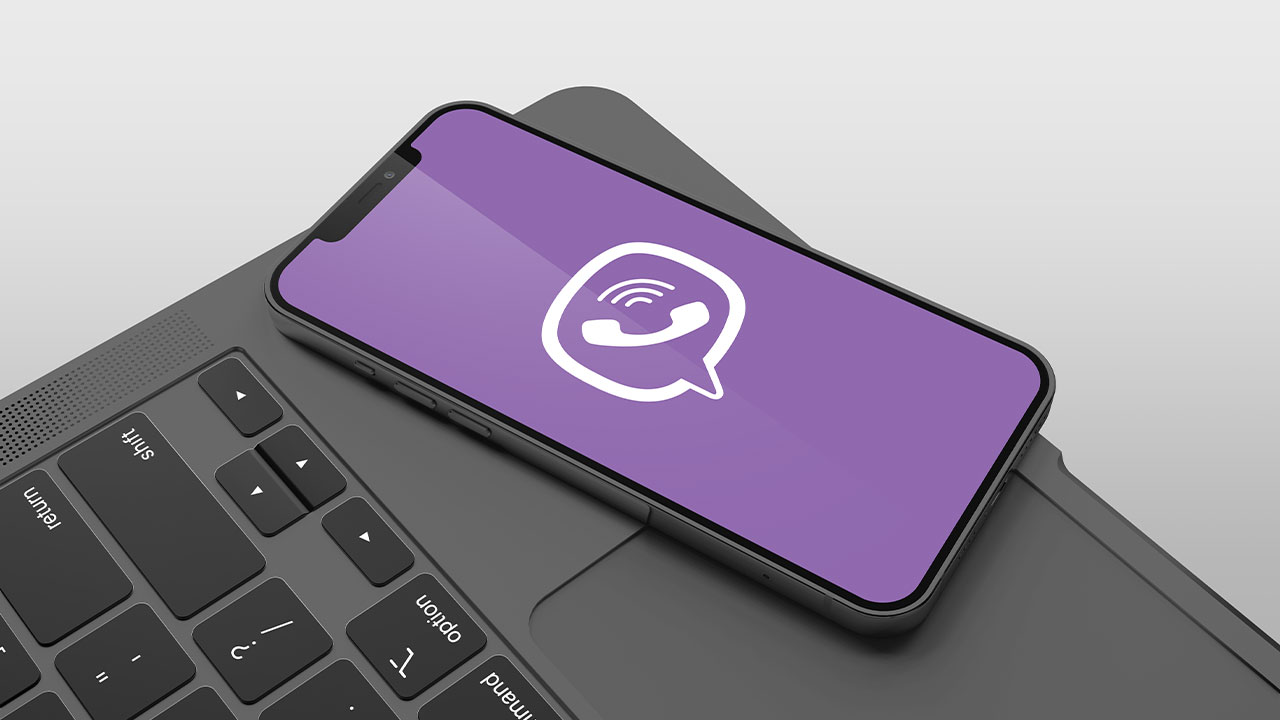
FaceTime (For Apple Devices)
For Apple users, FaceTime offers seamless integration across iOS and Mac devices. Recent updates allow Android and Windows users to join calls. With features like screen sharing and SharePlay, FaceTime is a strong alternative within the Apple ecosystem.
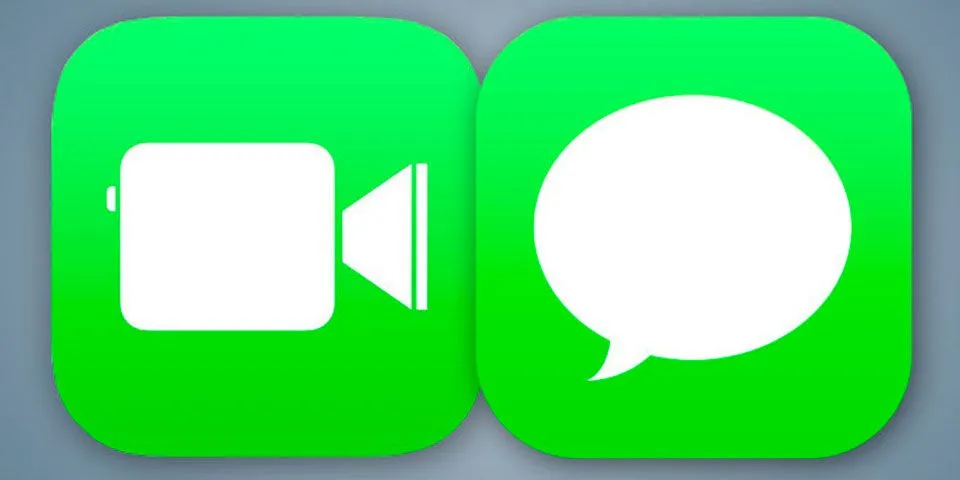
Slack
Primarily used in business settings, Slack offers messaging and video call capabilities. Its channel system and extensive service integrations make it ideal for team communication and collaboration. Although business-oriented, Slack is also suitable for small communities and groups seeking organized communication.

SİGORTA
18 saat önceSİGORTA
18 saat önceSİGORTA
23 saat önceSİGORTA
2 gün önceSİGORTA
3 gün önceBİLGİ
5 gün önceSİGORTA
6 gün önceSİGORTA
9 gün önceSİGORTA
14 gün önceSİGORTA
16 gün önce 1
DJI Mini 5: A Leap Forward in Drone Technology
20199 kez okundu
1
DJI Mini 5: A Leap Forward in Drone Technology
20199 kez okundu
 2
xAI’s Grok Chatbot Introduces Memory Feature to Rival ChatGPT and Google Gemini
14211 kez okundu
2
xAI’s Grok Chatbot Introduces Memory Feature to Rival ChatGPT and Google Gemini
14211 kez okundu
 3
7 Essential Foods for Optimal Brain Health
13051 kez okundu
3
7 Essential Foods for Optimal Brain Health
13051 kez okundu
 4
Elon Musk’s Father: “Admiring Putin is Only Natural”
12907 kez okundu
4
Elon Musk’s Father: “Admiring Putin is Only Natural”
12907 kez okundu
 5
Minnesota’s Proposed Lifeline Auto Insurance Program
10772 kez okundu
5
Minnesota’s Proposed Lifeline Auto Insurance Program
10772 kez okundu
Sigorta Güncel Sigorta Şikayet Güvence Haber Hasar Onarım Insurance News Ajans Sigorta Sigorta Kampanya Sigorta Ajansı Sigorta Sondakika Insurance News